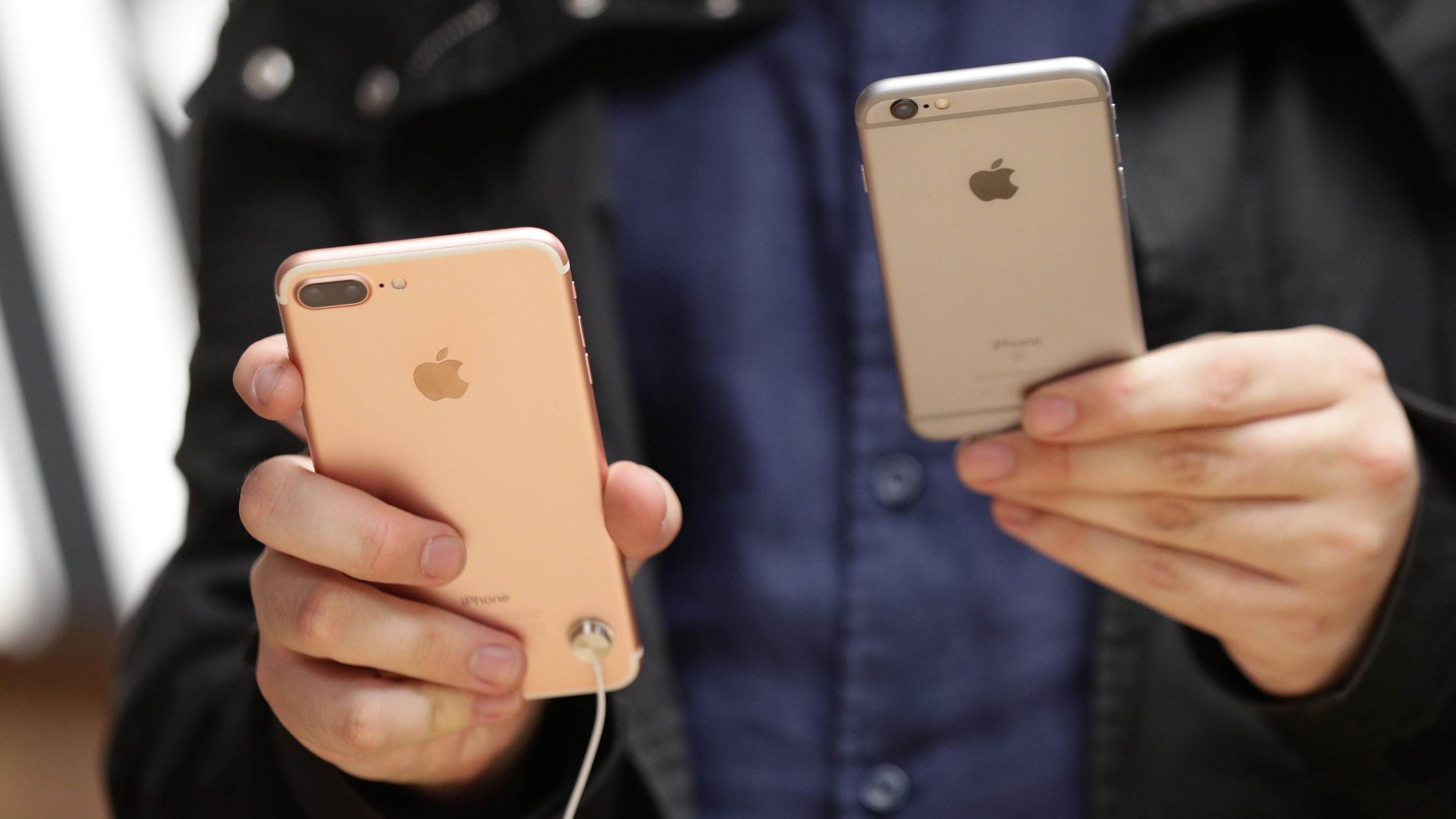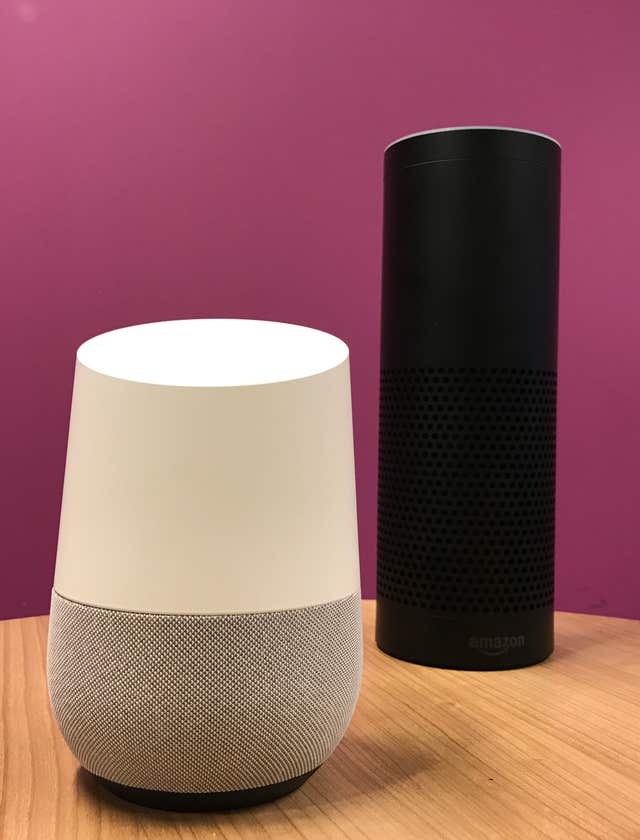
Google Assistant, the tech giant’s artificial intelligence-powered virtual assistant, has launched as an app for iPhone users in the UK.
The new app will enable users of Apple’s iOS operating system – which powers the iPhone and iPad – to use Assistant to answer queries, ask for news updates and control smart home devices.

Google’s program is a direct rival to the iPhone’s own existing helper software, Siri, and is also launching in France and Germany.
The Assistant, which was first introduced to iPhone users in the US in May, can be controlled via voice commands or by typing instructions.
Virtual assistants have become increasingly prominent in the last 12 months, with Google’s software joining Amazon’s Alexa, Microsoft’s Cortana and Siri.
Smart speakers that house AI software, such as Amazon Echo and Google Home, have also become increasingly popular with consumers.

Apple announced earlier this year that it will launch its own AI-connected speaker, HomePod, in December.
Artificial intelligence technology has emerged as a key battleground for the major technology companies, with the rise of smart appliances giving users the opportunity to control greater parts of their homes using just their voice or a mobile device.
Existing smart speakers can be used to request music playlists, set timers, as well as ask everyday questions normally answered by an internet search engine.
The technology has now also become increasingly central to smartphone use, with machine-learning algorithms used to help software understand basic conversations and context, with the aim of offering more accurate replies to users as a result.

Enjoy the convenience of having The Sunday Post delivered as a digital ePaper straight to your smartphone, tablet or computer.
Subscribe for only £5.49 a month and enjoy all the benefits of the printed paper as a digital replica.
Subscribe